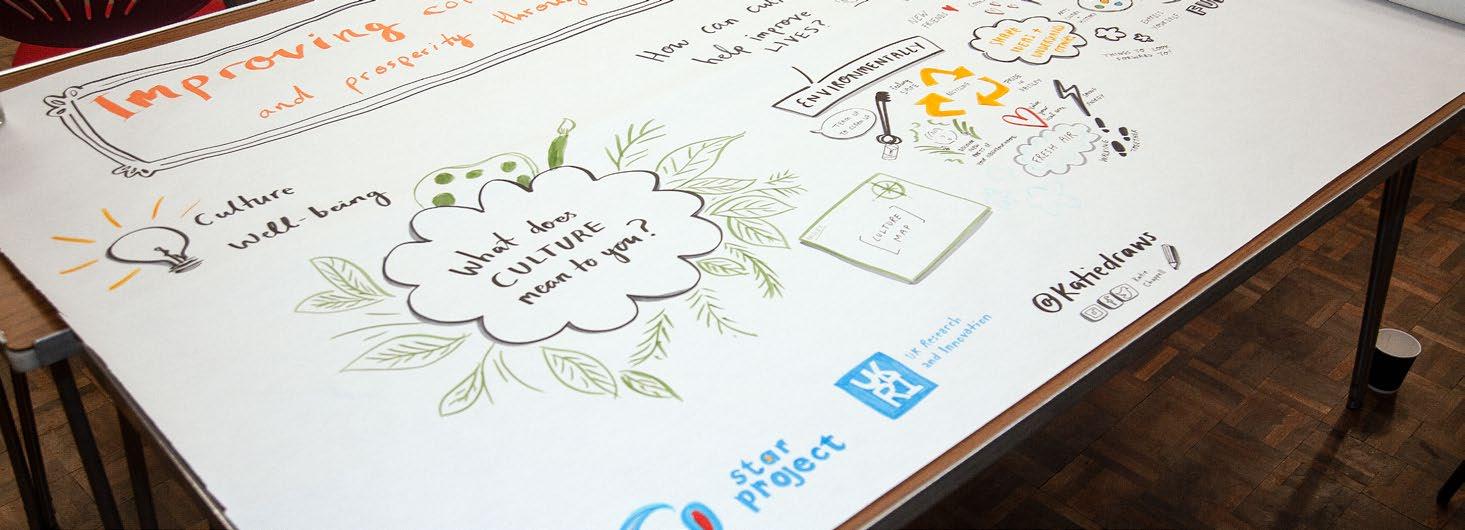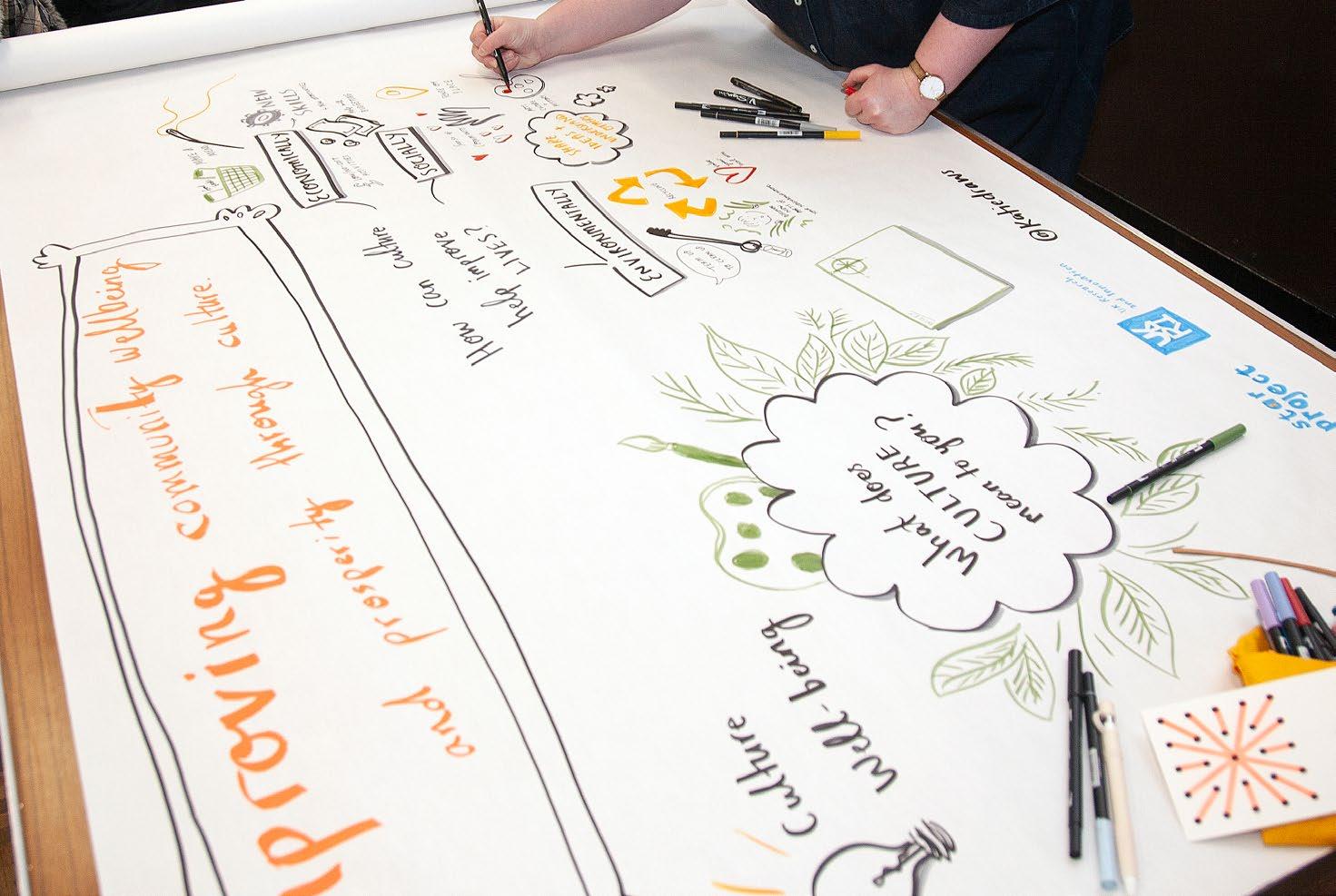Data was analysed against a baseline to give insight into ‘distance travelled’ by participants and an overview of the sustained change they experienced. The findings showed that 83 percent of participants ‘experienced positive change on at least one outcome measure’ (Bashir & Dayson, 2014:23). Other studies support the positive findings described by Bashir and Dayson (2014). In their evidence reviews, Mossabir et al (2015) and Polley at al (2017) note that ‘improvement to participants’ psychological and social wellbeing’ (Mossabir et al, 2015:467)24 can also result in a lessening of demand on primary and secondary healthcare services (Polley et al, 2017:6; Mossabir et al, 2015:467; South, 2008:314). Analysis of the financial effect of the Rotherham Social Prescribing Pilot is revealing. The beneficial economic outcomes are projected as: •
estimated total cost reductions by the end of the pilot of £552,000; a return on investment of 50 pence for each pound (£1) invested
•
potential NHS cost reductions of £415,000 in the first year post-referral when the service is running at full capacity
•
if these benefits identified are fully sustained over a longer period
•
•
the costs of delivering the service for a year would be recouped after between 18-24 months
•
the five year cost reductions for commissioners for each full year of service delivery could be as high as £1.9 million: a return on investment of £3.38 for each pound (£1) invested
even if the benefits are sustained but drop off at a rate of 33 percent each year they could lead to total cost reduction of £807,000: a return on investment of £1.41 for each pound (£1) invested.25
Service users interviewed for the study by South et al (2008:314) ‘identified benefits including social inclusion, feeling ‘part of something,’ meeting new people through community groups and increased confidence.’ Those in Bashir and Dayson’s (2104:11) study reported benefits such as ‘improved mental and physical health, feeling less lonely and socially isolated, becoming more independent and accessing a wider range of welfare benefit entitlement.’ 25 Also see Thomson et al, (2015:9). 24
15







